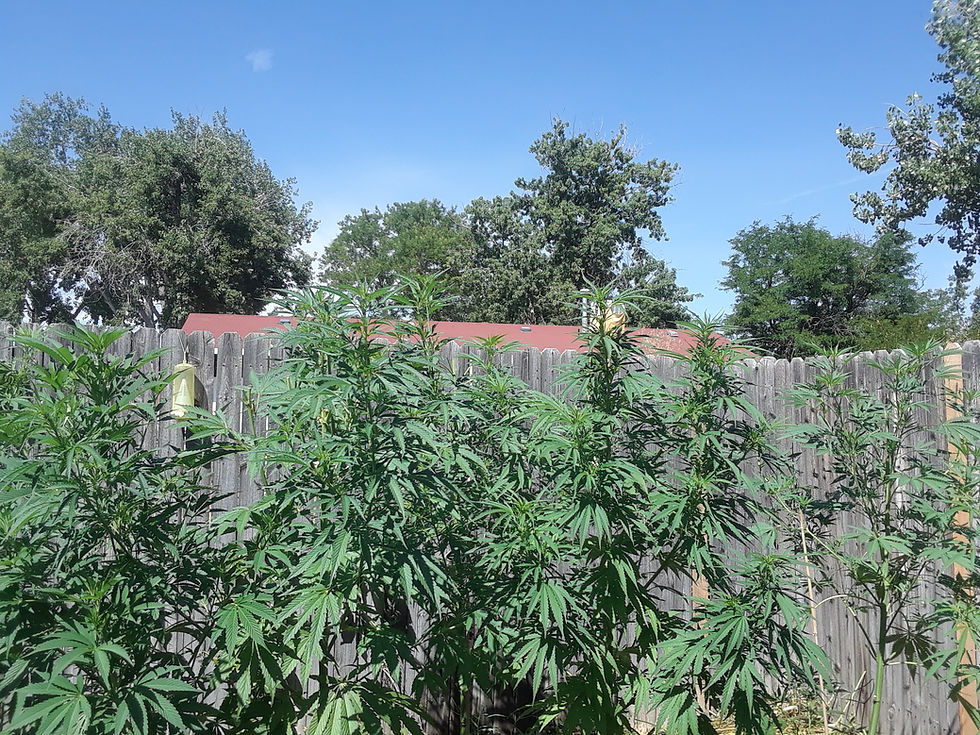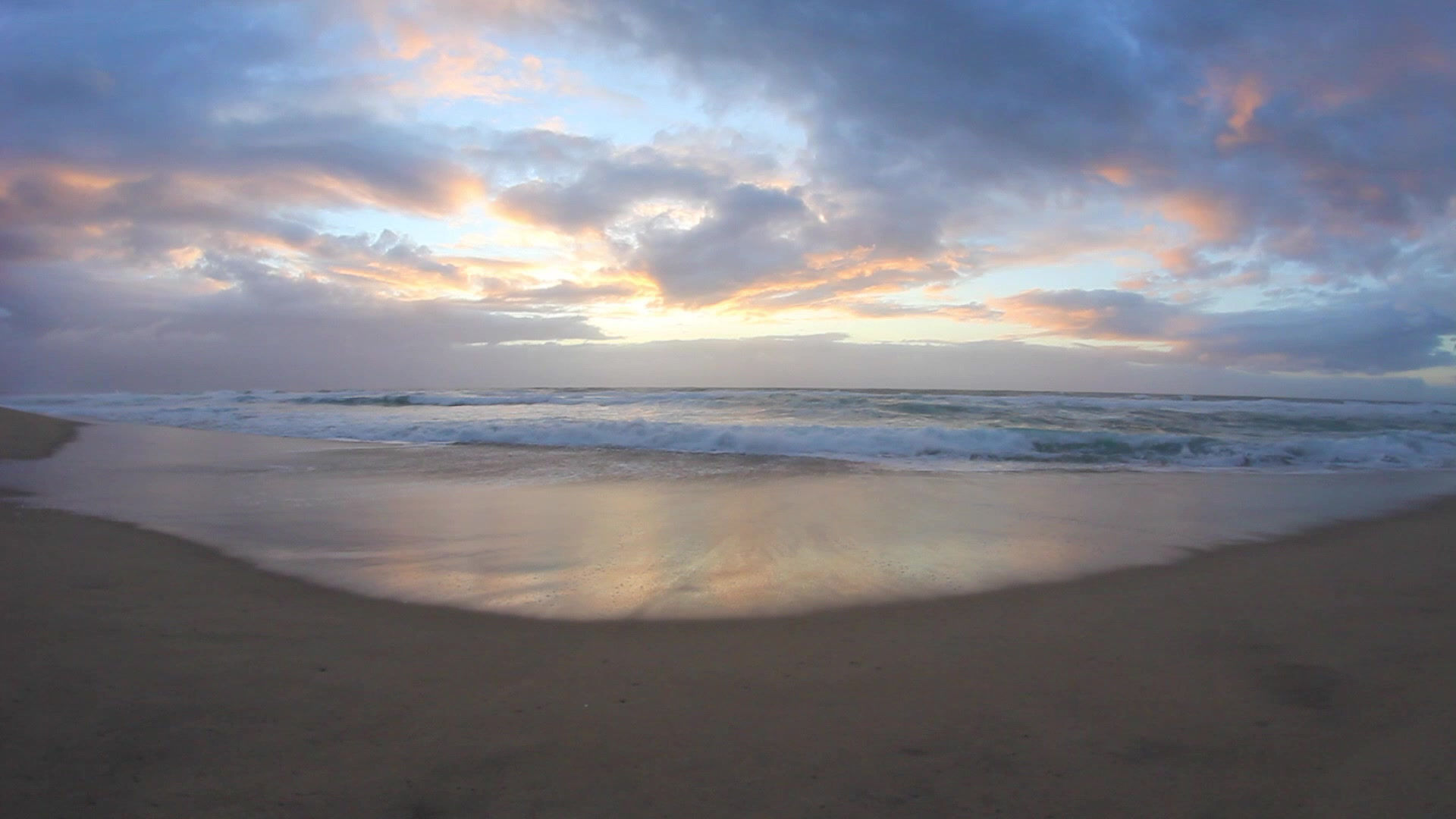Pandemic Relief
- Vicki L Clark
- May 9, 2021
- 3 min read
Updated: Jul 21, 2022

I was unsure what I was hoping to get out of my cannabis garden this year other than some decent weed. I knew that I
wanted to try my hand at growing for the first time without my mother sitting on the deck, smoking her cigarettes, watching as I embraced one of the things I loved to do in the Spring.
I can tell you now, while the weed is not of significant quantity of previous summers, the five months of plant therapy during a global pandemic sure was. The backyard became a respite as the plants began to grow and grow and grow.
I vowed to myself early in the season that this was an experiment to learn from and improve on for next year and that a low yield, or no yield, would not determine the investigation's success. It helped take the bite out of CoVid's effects on the folk of color and the aging population. Hearing the increasing stats of deaths among those on the front lines of the health crisis wasn't piercing because of the immense concentration it took to cultivate my garden.
I remember the class I took in 2013 when a master grower said, "There's a lot of people who know how to do it well and don't share that secret because it's the last piece of the art of it. You can differentiate yourself so much from someone else if you do that piece right."
Unfortunately, I am nowhere near that artisanal stage of cannabis growing. I just wanted to get the plant over the finish line as I've done in previous years. It's as simple as that.
Routines emerged that became familiar and comfortable. I would inspect the plants a few times a day, trying my best to stay on top of the mildew, heal it and help it grow. As the pandemic raged on and the grief set in, it became a reliable escape. Strangely, I appreciated the mildew for its consistency, for forcing me to spend more time outdoors, surrounded by the other plants, and feeling some small connection to nature. The smells, the tactic experience of running my hands through the soil, the emerging textures and colors of the plant, it felt like a reminder to slow down and breathe.
Each day, the scene would change, more growth, more color, more vibrancy. I learned few things as satisfying as watching a drooping plant burst to life after being watered, suddenly tall and lively once again. Plants have a way of offering gentle reminders about the cyclical nature of life, about growth, death, renewal, and the importance of patience.
By mid-October, it was finally time to cut and harvest the plants.
Sadly, the weed trees did not bear as much fruit as I had hoped, but it was something.
Chopping off that first branch was akin to putting a pet down. It hurt—a lot. I had shared so much time with it and cared about it. On occasion, I had even played tunes to it, remembering how my grandmother sang her church hymns when gardening. I figured it could not hurt. Finally, after sitting next to it, I made the first snip.
It lay on the drying racks in the garage for just under a week and then cured in the jars for a few more.
I spread the trimming across a few days; it was a meditative task. The buds felt soft and squishy between my fingers; the smell was musty and earthy but bright and fruity with strong whiffs of pine. The scent of the plant, in my opinion, remains the best part. The smoke is not the smoothest, it's not the best-tasting, but it's potent enough. Over the years, I've found anyone can grow weed. But, growing good weed takes time and persistence.
Next summer, I will give it another shot. And if you're thinking about trying to grow your plant for the first time, do it. It will bring some joy to your life. And if you are lucky, you might even get some weed out of it.












































Comments